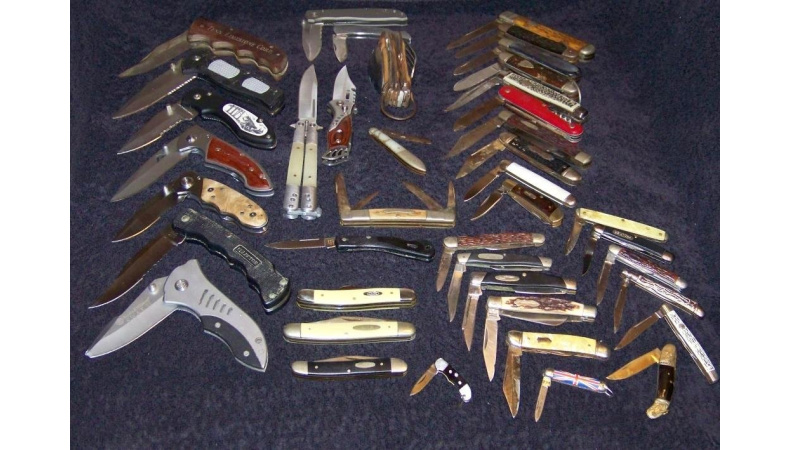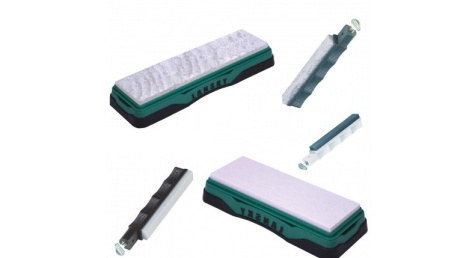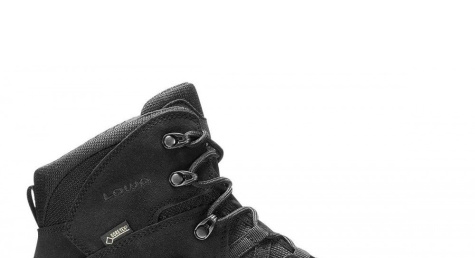How to choose a folding knife
The opening knife is practical especially due to its size, which is half that of knives with a fixed blade of the same size. They are suitable where you want to save space, for example in luggage or in a pocket when worn daily.

Edge
There are 3 basic types of blades:
- fine edge
- serrated edge
- combined edge
A fine edge is best for most activities and people. It can be simply sharpened and everything can be cut with it, as with serrations. That does not mean that cutting of everything is equally laborious or fast! The serrated edge is best for cutting ropes and leather, but it cannot be used to chop wood properly or repair wood comfortably. The fine edge is the most versatile, you can cut everything with it. What is serrated edge best for, with a fine one you will take you a little more time and a little more power, but you can do it too. The combined edge combines both, so it can suit someone and most of the work is done comfortably. It has though one big disadvantage - grinding. It is almost impossible to sharpen the combined edge well at home (the less so in nature).
We have a whole article about the types of steel from which knives are made, so we will not deal with them now.
Handle / Handle grips
The appropriate shape is a purely individual matter, depending on the size and shape of the hand. Holding and feeling safe when working with a knife is a lot of habit, so it is quite likely that you will gradually get used to the handle, which does not fit you right away. The material of the handle, like the shape, is more about what you like. None of the good manufacturers will use low-quality handles on their knife. Kraton and other artificial materials are durable and lightweight, steel handles are even more durable, but their weight is quite high. The rubber handles do not slip even when used in wet or sweaty hands, but they are soft and it is difficult to hit something with them.
Opening
The most popular opening of knives is with an eye or a pin. The pin is not as ergonomic as the eye, but the knife can be opened better with the thumb. There are either classic opening knives based on the principle of opening by your force, then with the so-called "asissted opening" which is opening by means of a spring, which you have to help a little with your finger and then fully independent ejection knives. The most reliable are, of course, ordinary knives, that can be opened with a thumb. If you "play" with your knife from time to time and practice opening, you can open it almost as fast as the other 2 variants.
Fuse
The safety is the second most important thing for the folding knife (the blade is the first). It must be strong and reliable, otherwise you will never be able to work fully with the knife. If the fuse betrays you, you will at least cut yourself and probably lose your fingers. There is a large number of types of fuses and new ones are still being created.
We name 3 basic fuses here:
- Liner lock: The safety device works on the principle of a metal sheet inserted into the handle, that tightens when opened and thus secures the blade against unintentional closing.
- Back lock: Due to a flat spring, the pin secures the blade by engaging in the selected area of the blade when opened. Compared to the other 2, this lock can be very conveniently unlocked, usually by pressing the spring on the handle.
- Frame lock: Like the liner lock, the blade is blocked by the tensioned metal, that is not inserted inside in this case, but is part of the handle. In most cases, it is stronger and more reliable than a liner lock.
Weight
Weight is an essential parameter for both carrying and working with the knife. In general, it is better to work with heavier knives, but it is very individual. A light knife is more suitable for long-term work, e.g., several hours of monotonous cutting with a knife in a raised hand. Even for daily carrying in a pocket, a lighter knife is more comfortable. On the other hand, you feel the heavier knife in your pocket, so it's easier to keep an eye on it for loss or theft. Generally, everything has its pros and cons, so it is advisable to find a compromise and not choose from knives with extremely low or high weight.
Remember that you must especially like the knife so that you like to work with it and carry it with you at all times. The knife is usually needed most at times when you exceptionally do not have it with you.



